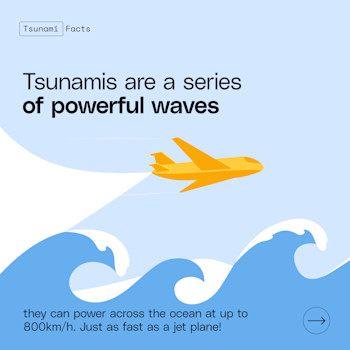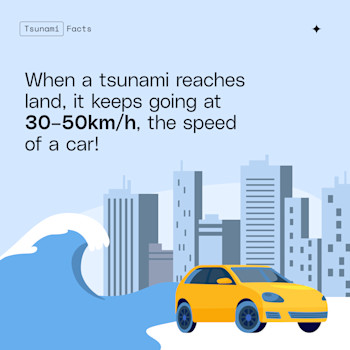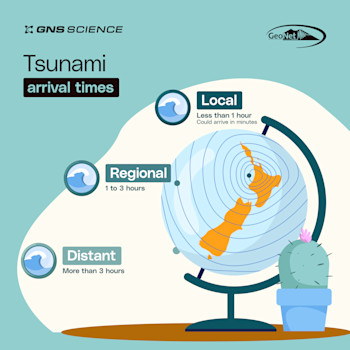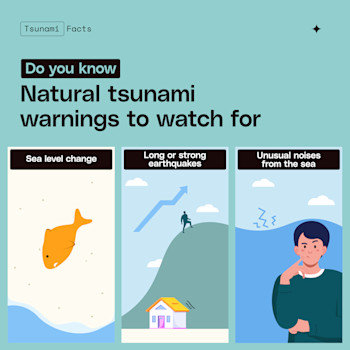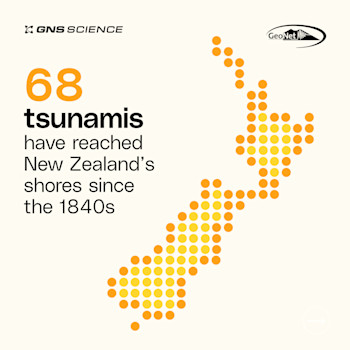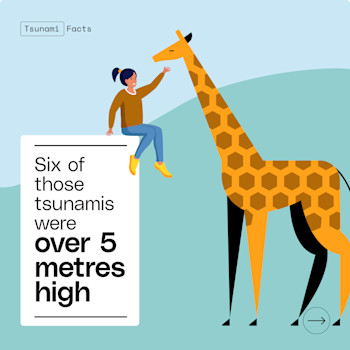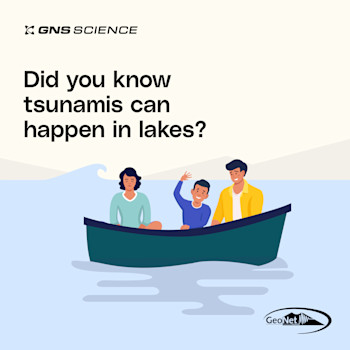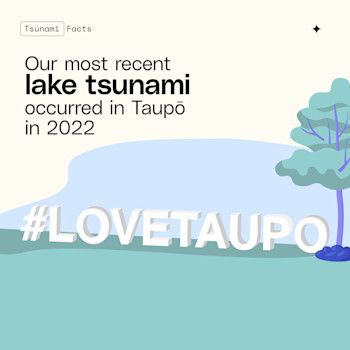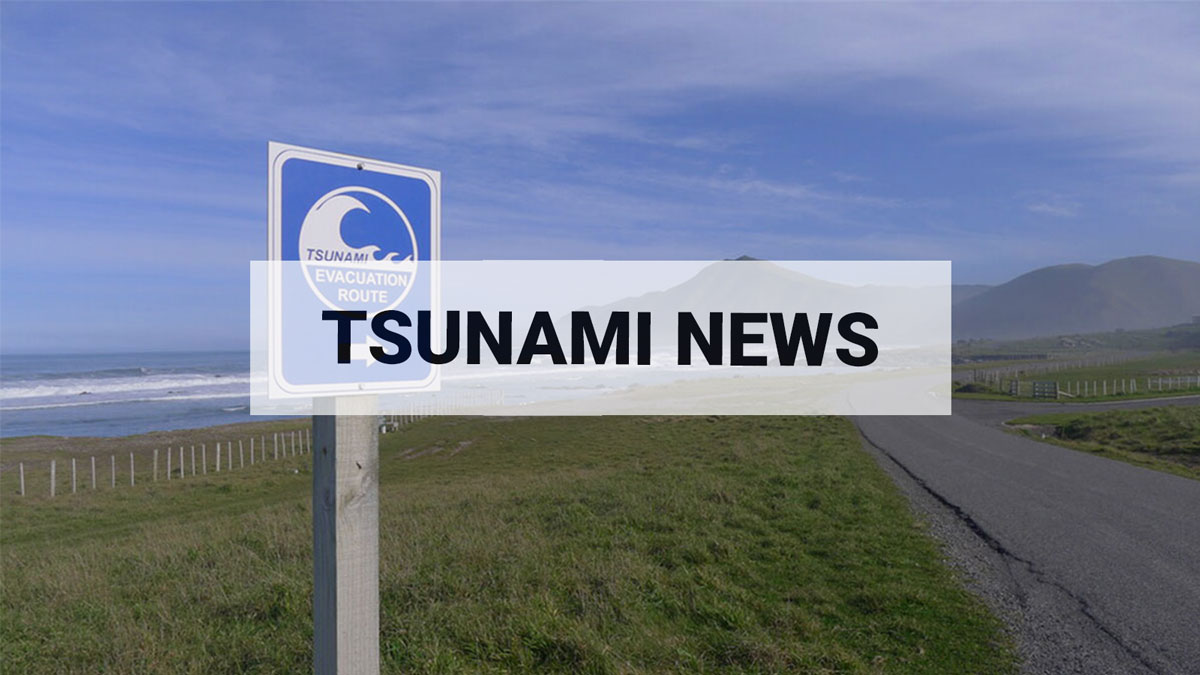
A tsunami isn’t just a big wave
When people hear the word “tsunami”, they often picture a single towering wave crashing onto the shore, but a tsunami is far more complex – and far more dangerous. And we need to be prepared for them.
A tsunami is a series of powerful waves with strong currents, they can race across the ocean at over 800 kilometers an hour, about as fast as a jet airplane. Even once a tsunami reaches land it keeps going, moving across land at the same speed as a car (around 30-50km per hour).
A 50cm tsunami may not seem like much, but that small tsunami is a river of water surging faster than you can run. Surges come in non-stop and then recede just as fast for a similar time, acting more like a very rapid tide than a wave. Think of it like wading through a fast-flowing river that's past your knees.
Tsunami come from different sources
A distant source tsunami, like one generated from Chile, could take 14 hours or more to arrive. A regional source tsunami, generated from the Southwest Pacific, could take between one and three hours to arrive.
A tsunami that has been generated by an earthquake in or near New Zealand could arrive within minutes. This is why it's important to know the natural warning signs of tsunami and act quickly.
A tsunami caused by a faraway earthquake, volcanic activity or underwater landslide won’t give you warning via the earth shaking, but you might see the water behaving unusually or receding.
If you are near a shore and experience any of the following, take action. Do not wait for official warnings:
- Feel a strong earthquake that makes it hard to stand or a long earthquake that lasts more than a minute
- See a sudden rise or fall in sea level
- Hear loud or unusual noises from the sea
Remember, Long or Strong, Get Gone.
Tsunami in Aotearoa New Zealand
We have written records from the 1840s that suggest at least 68 tsunamis have reached our shores. Of these, six were over 5 metres high. Our most recent recorded tsunami was in March 2025, following a M6.8 earthquake below the South Island.
The tsunami caused by the 2016 Kaikoura earthquake was the biggest local-source tsunami in New Zealand since 1947 with the first waves reaching the Kaikōura coast within 10 minutes of the earthquake. The tsunami wave height in the sea was estimated to be 3-4 metres above the normal sea level at the time when it reached Goose Bay, but the beach there is very steep and the wave pushed up against it, leaving debris up to 6.9 metres above sea level. The tsunami also pushed at least 150 metres up the Ote Makura Stream in Goose Bay and over 200 metres up Te Moto Moto stream in Oaro.
Read: Two severe earthquakes that occurred off the coast of Tairāwhiti Gisborne in 1947
Tsunami in lakes and fjords
Tsunami don’t only happen in oceans. Lake and fjord tsunamis can be caused by earthquakes, landslide and rock falls, volcanic activity and glacier collapses.
For lakes and fjords, the warning signs can be a long or strong earthquake. But also, if you see a rock or ice/glacier collapse in a large body of water and you are on the shoreline, move to higher ground quickly.
We can’t prevent natural hazards, but we can, and should, be prepared for them
Remember Long or Strong, Get Gone : If you are near the coast, or a lake, and feel a strong earthquake that makes it hard to stand up OR a weak rolling earthquake that lasts a minute or more move immediately to the nearest high ground or as far inland as you can, out of tsunami evacuation zones.
For information on preparing for earthquakes or tsunami, there are guidelines from the National Emergency Management Agency's (NEMA) Get Ready website.
NEMA are the official source of tsunami warning information in New Zealand.
Prepare your home. Protect your whānau. There’s a lot we can do to make our homes safer and stronger for earthquakes. Natural Hazards Commission Toka Tū Ake's website has key steps to get you started.
